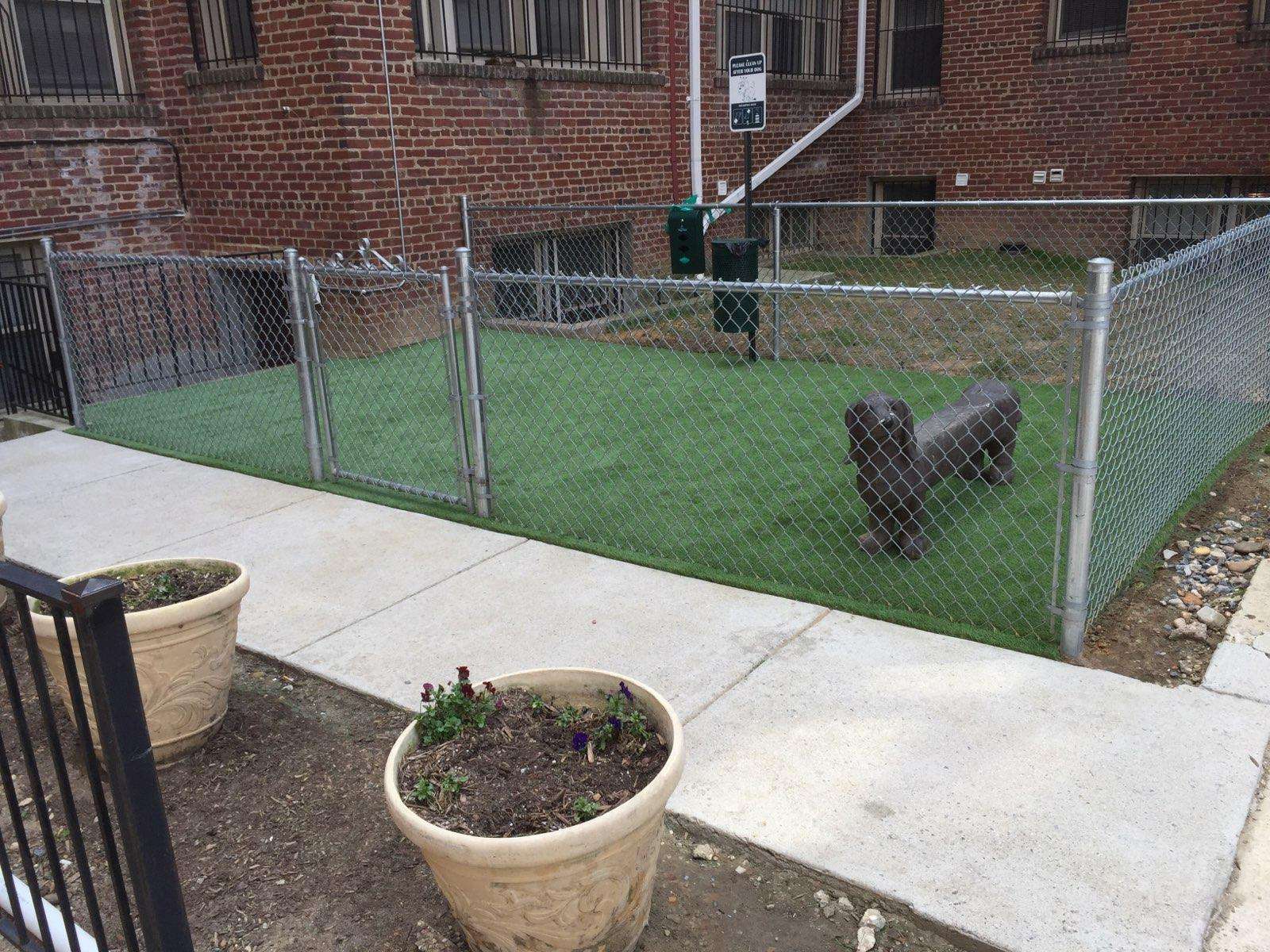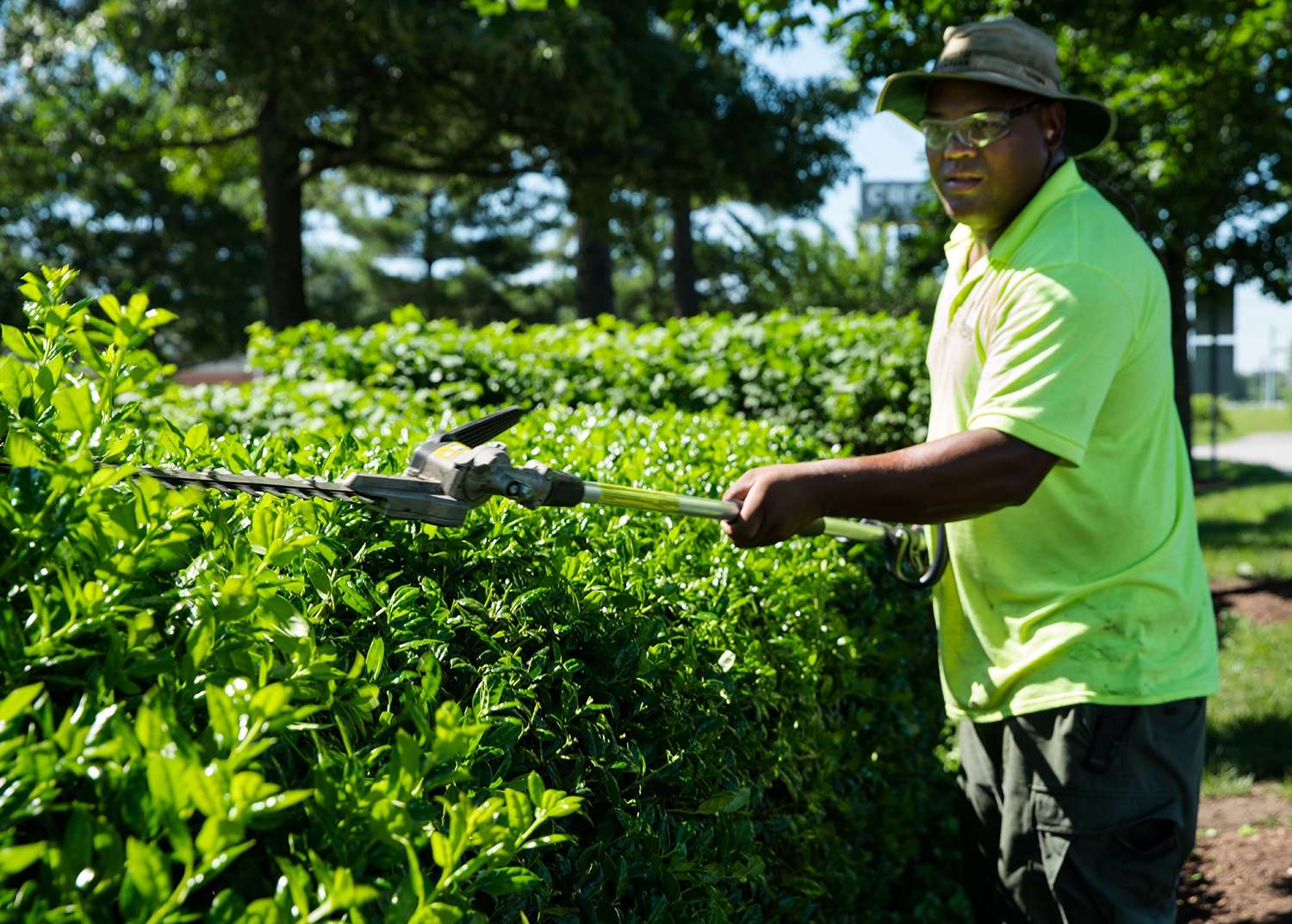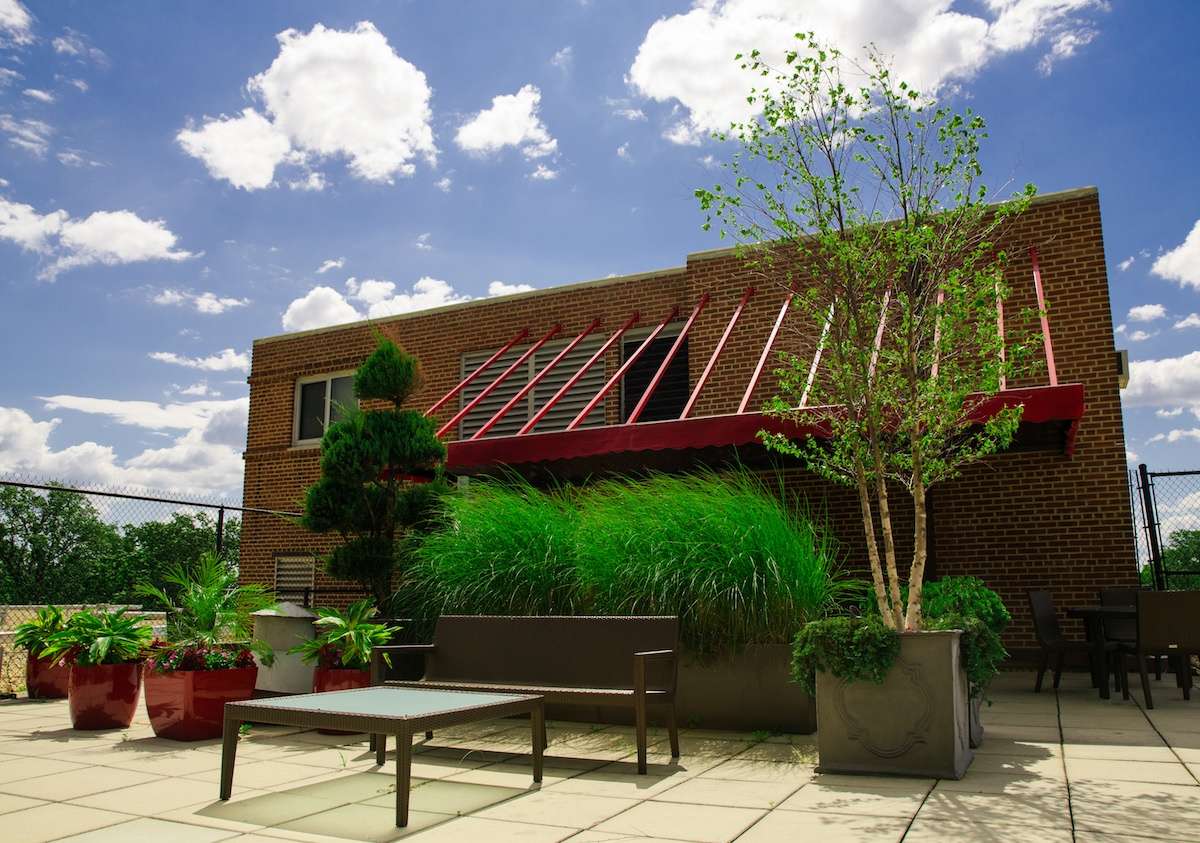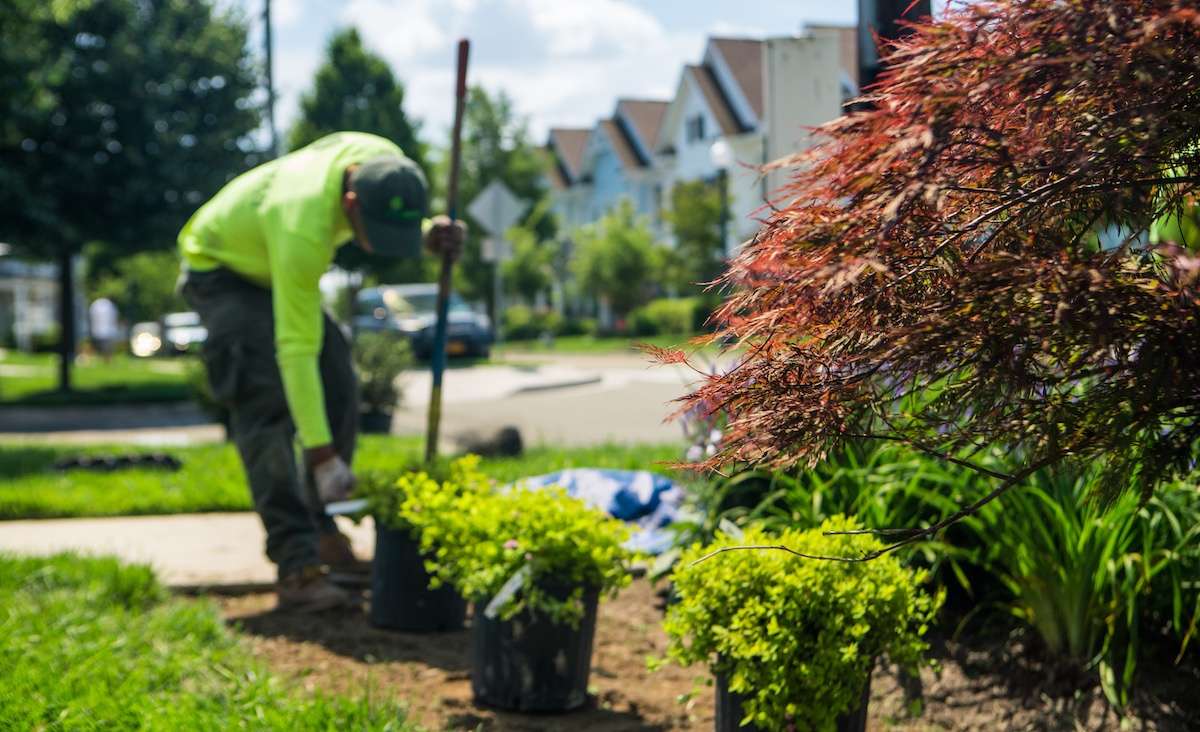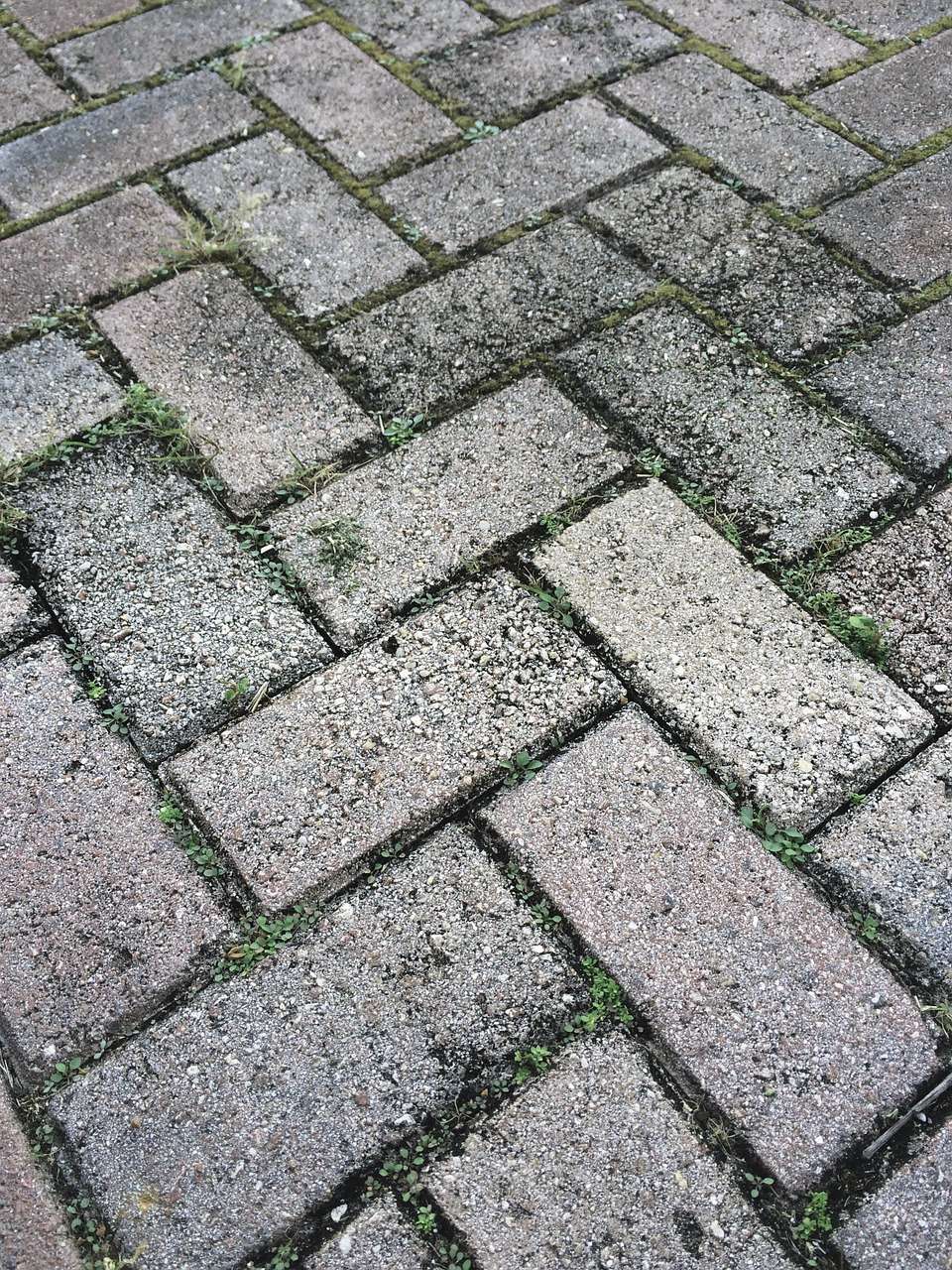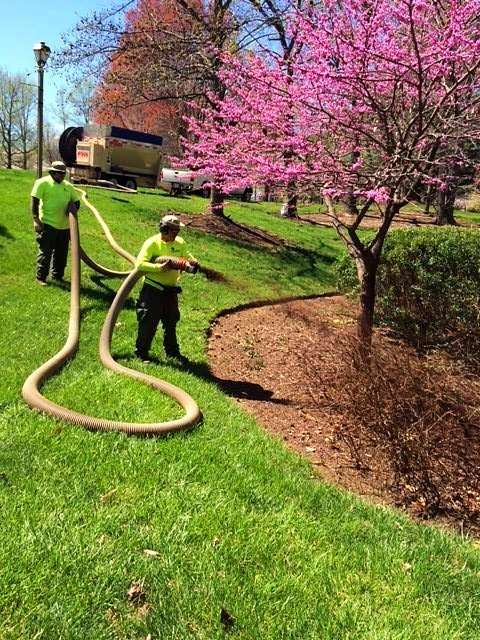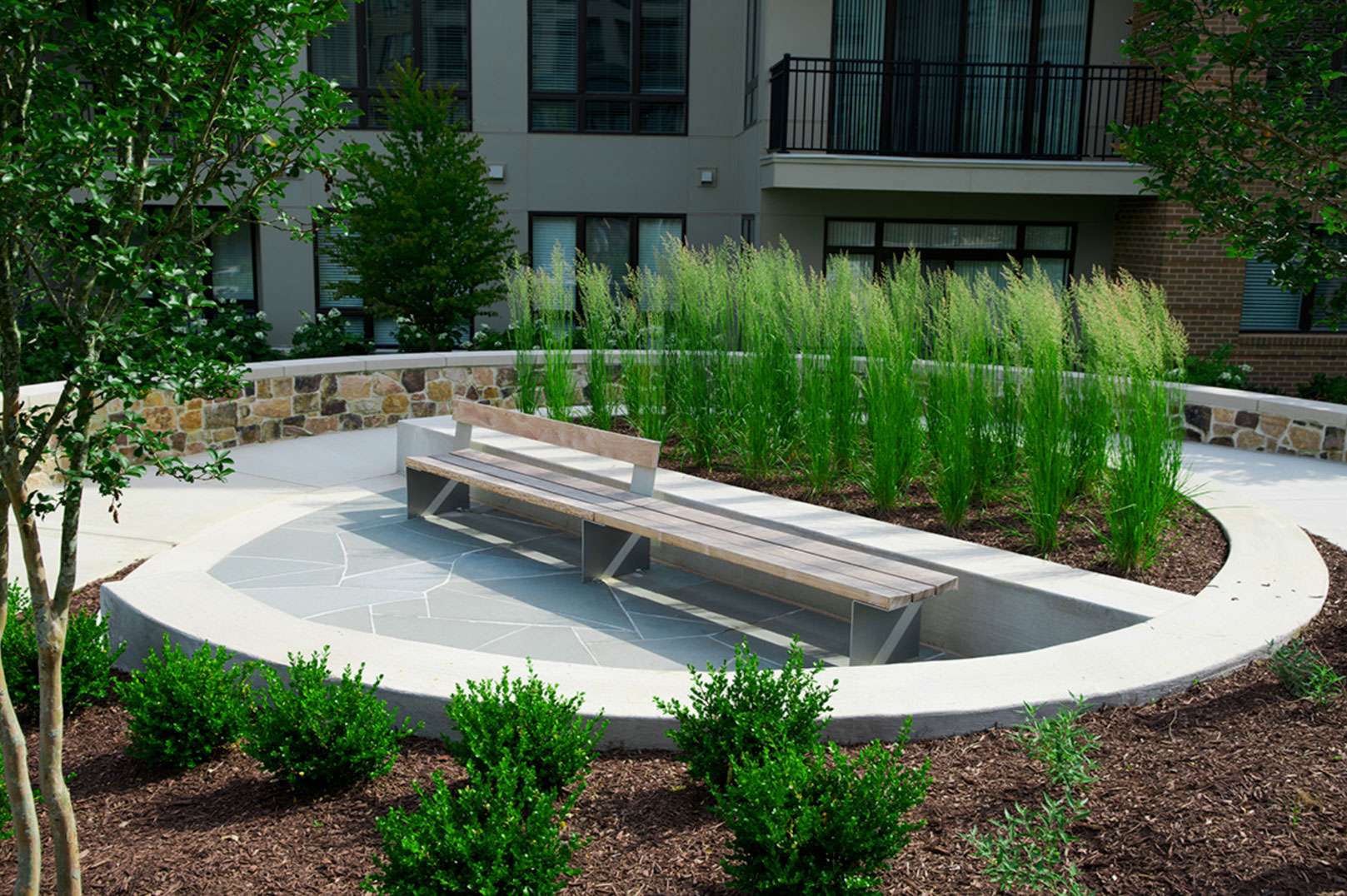An apartment complex property manager called Paul Weaver recently. Fur was flying.
Their dog park was such a muddy mess, nobody would use it.
Things were ruff. None of the tenant’s pooches were dog tired.
Weaver, Level Green Landscaping’s construction manager, came to the rescue, fetching rolls of synthetic turf, wood chips and tidy retaining walls.
Weaver shares his off-the-leash tips for creating a howl-worthy dog haven.


